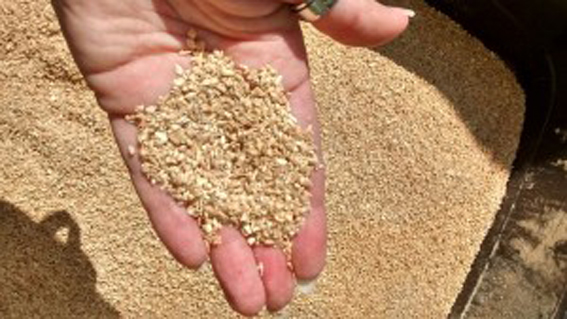SANDS, SANDS TO USE FOR OUR CATS
- Details
- Category: Feline news
- Hits: 436
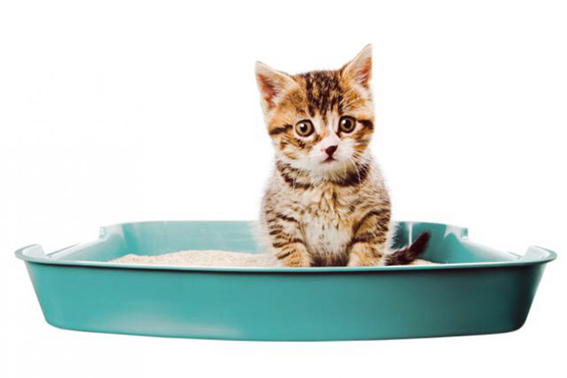
On the market we can find many brands and types of sand and litter. But which one to choose for our friend? Let's see the main ones together so that each of us can choose the one that best suits your needs.
There are mineral litter in bentonite and agglomerating agents (a clay mineral composed mostly of calcium or sodium, used for the litter for its high absorbency and the rapid elimination of bad smells. It also agglomerates and forms the "ball" and therefore is very easy to remove. It can be used in organic "compost".), absorbent sands, silicon litter also called crystal silica, clay sands, vegetable litter (made for example from corn waste, with paper or with pellets) and biodegradable.
A fine or fine grain litter would be preferred to provide our cat with a soft surface that is easy to dig like the soft earth they find in nature.
The coarse-grained litter (for example in pellets), on the other hand, may not be loved by our cats because they are inconvenient to dig.
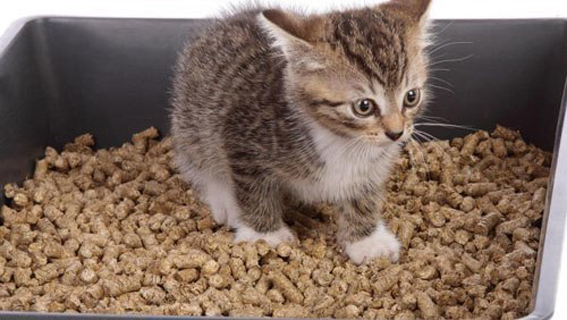
The litter box must be filled at least 5 cm to provide the right comfort for our cat. The size and number of boxes depends on the number of cats in our home.
Dr. Campa does not recommend silicon litter. They are contraindicated because the silicon pricks the fingertips of cats. Therefore this type of litter can annoy our four-legged friends who may not like it.
From our point of view, we also add that silicon litters are considered pollutants. Furthermore, there is a doubt that silicon can cause allergies. Cats can be allergic to various substances, a bit like us humans. Since there are some concerns regarding silicon litter, we can opt for better alternatives.
- Bentonite or clay litter
The sand contains clay or bentonite, very absorbent materials that are excellent for absorbing both the smell and the cat's pee.
The bentonite litter can be of the agglomerating type or not. The problem is that many litter has very strong synthetic scents that serve to cover odors and this can annoy our cats.
The clumping litter
The clumping cat sand imprisons the pee in single blocks, which can be easily removed with the special scoop.
There are scented versions, even if this goes according to the tastes of your cat, some cats in fact do not appreciate that there are particular scents in their toilet. Thanks to their agglomerating properties, they minimize the waste of sand, because to clean it it is not necessary to completely replace it, but to remove only the blocks that have formed.
Most of the time the clumping litter produces little dust and little dirt, however it depends on the quality of the litter.
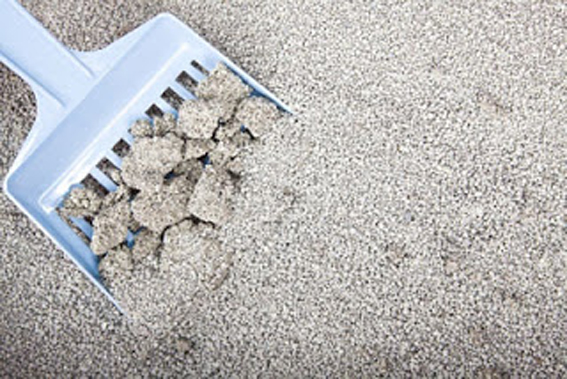
The NOT clumping litter
They come in much finer granules. They absorb more odors and appear to stay clean longer. The "solid" waste can be removed gradually, but for the pee, when the sand has exhausted its absorbent properties, it must be replaced all.
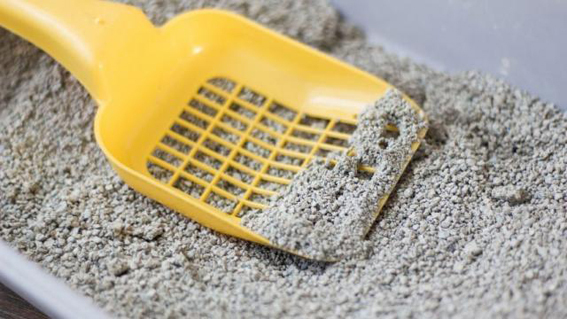
The silicon litter
It is a non-agglomerating litter, composed of silicon crystals. The grains are similar in size to coarse salt. Very absorbent, it covers odors. It can take up to 3 or 4 weeks before having to replace it all. It is not dusty. Gradually the grains absorb the pee begin to turn yellow and when we see that they become an intense yellow color and that they no longer absorb the pee, we empty the litter, wash the box and insert the new one. The poop must be removed using the special scoop.
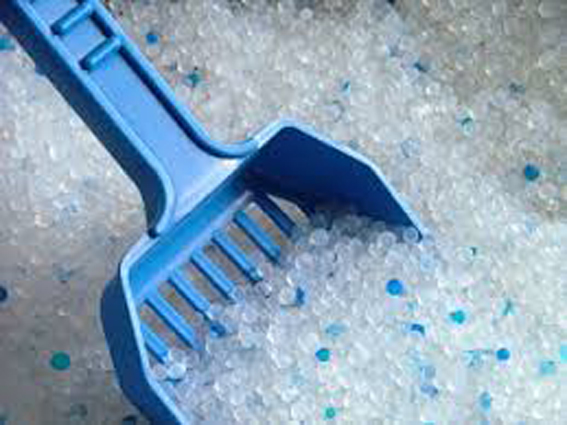
Biodegradable and vegetable cat litter
Biodegradable and plant-based cat litter has a huge advantage for the environment. It is produced using corn waste and its composition makes it compostable or disposable in the toilet. The best is precisely the fine-grained and clumping corn litter, light for us to carry, easy to dispose of, easy for the cat to dig and easy for us to clean. It lasts a long time and just remove the poop and the agglomerates of pee and add a new cage if necessary.
